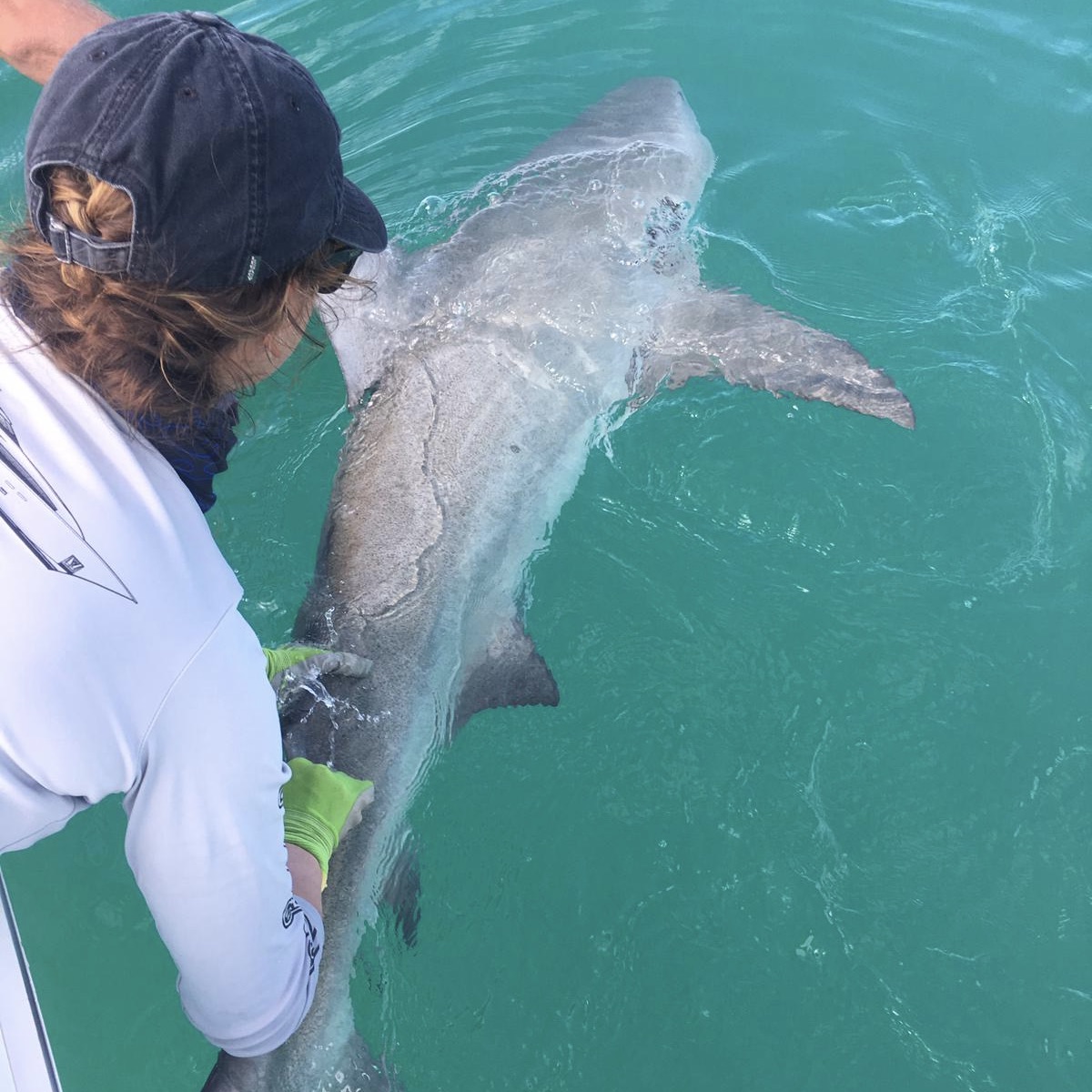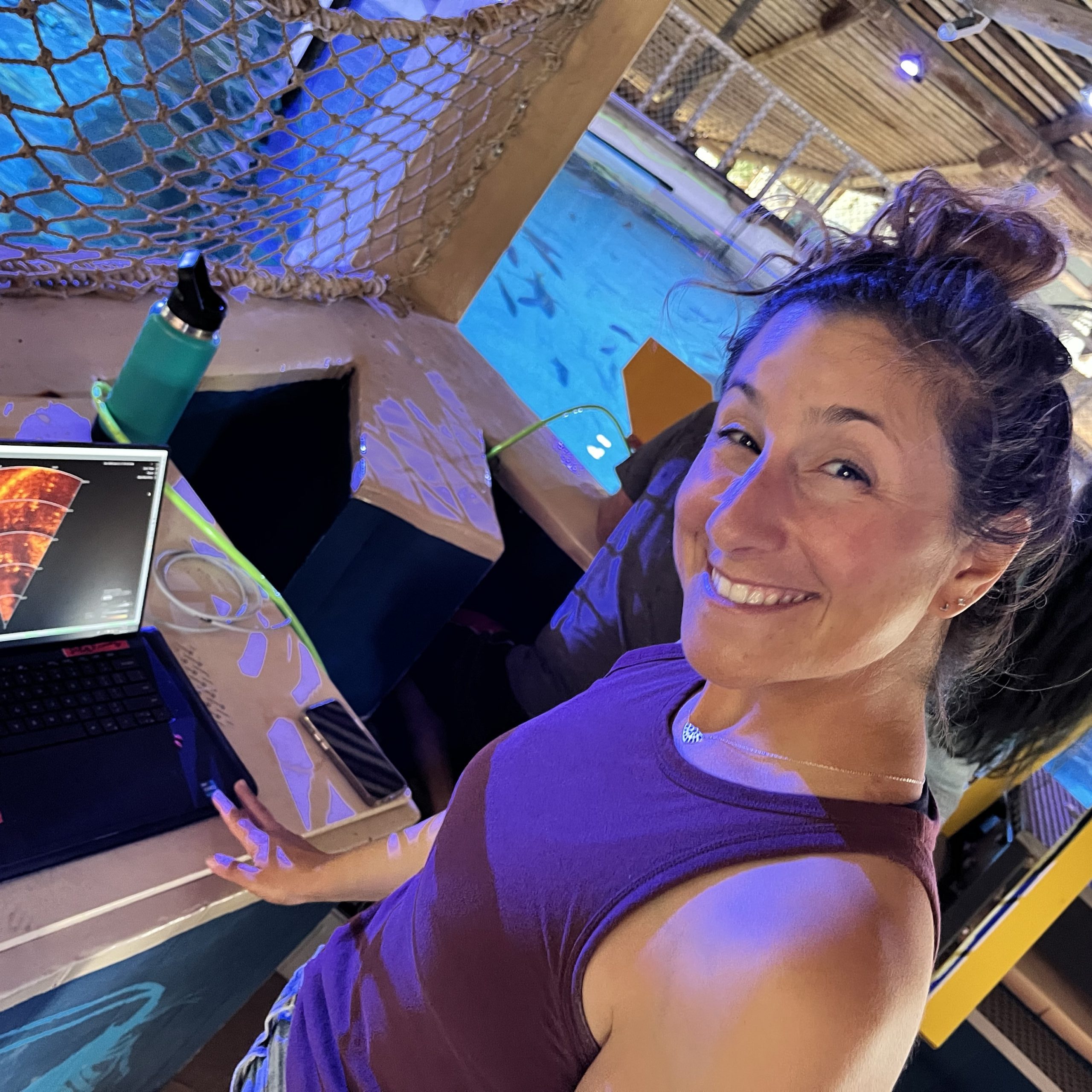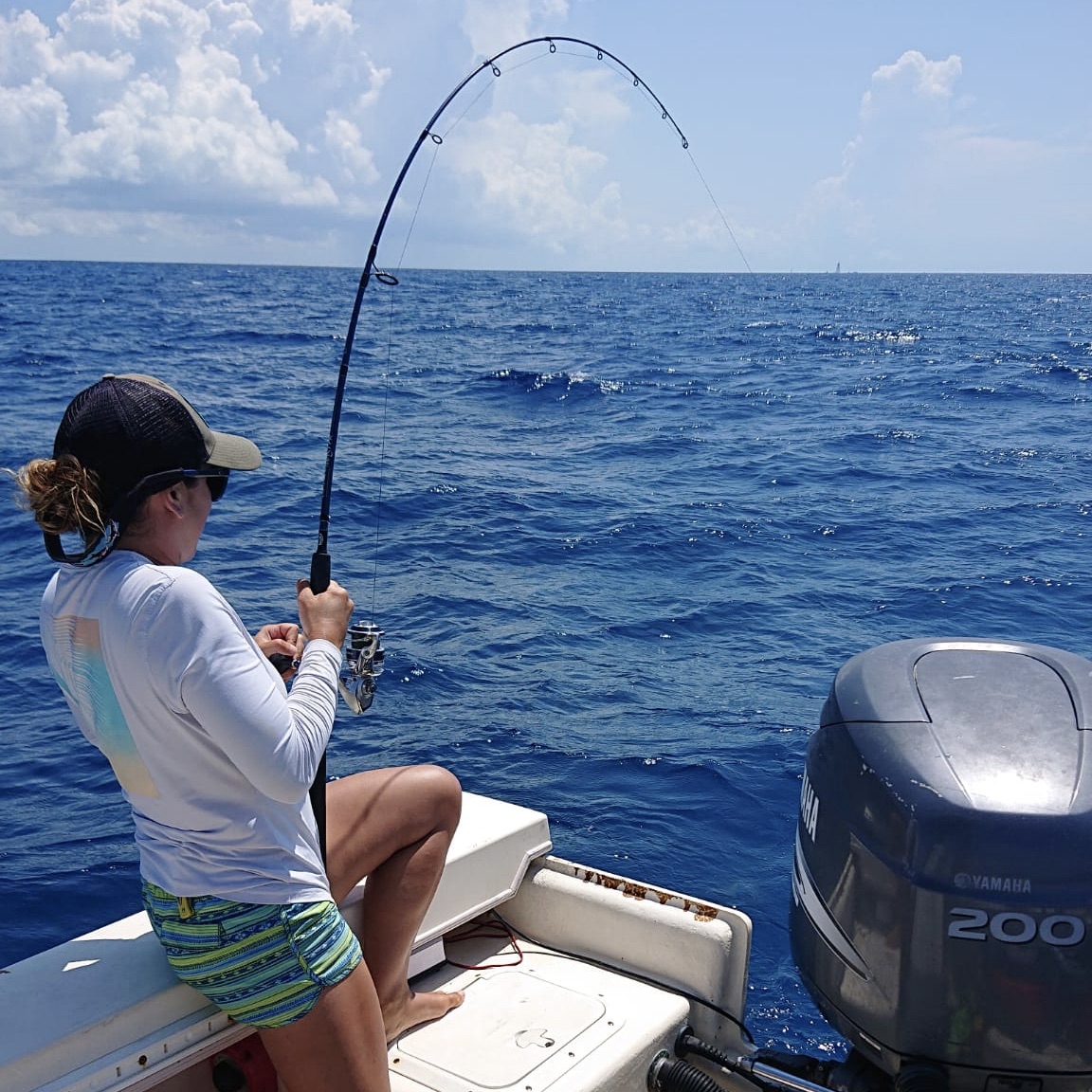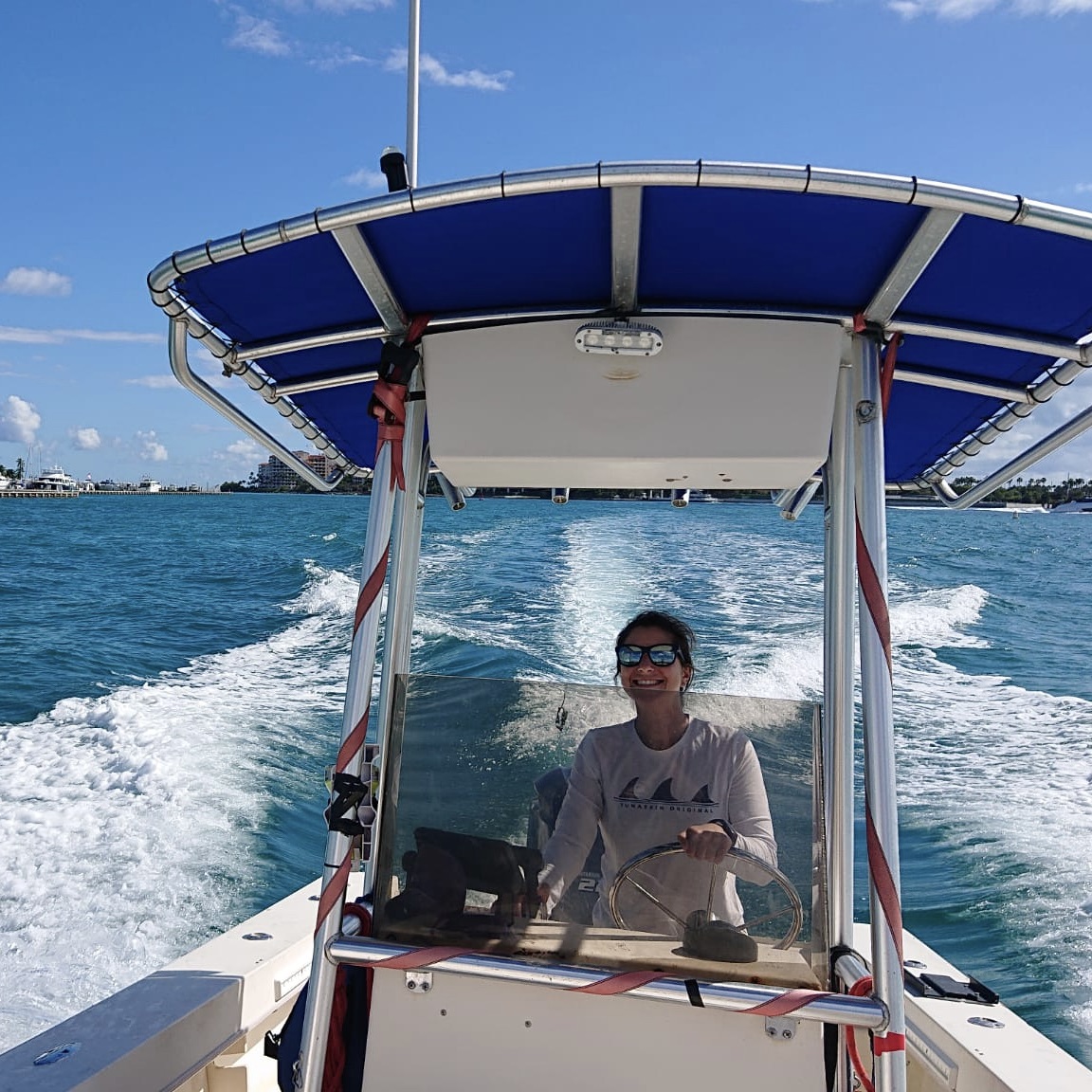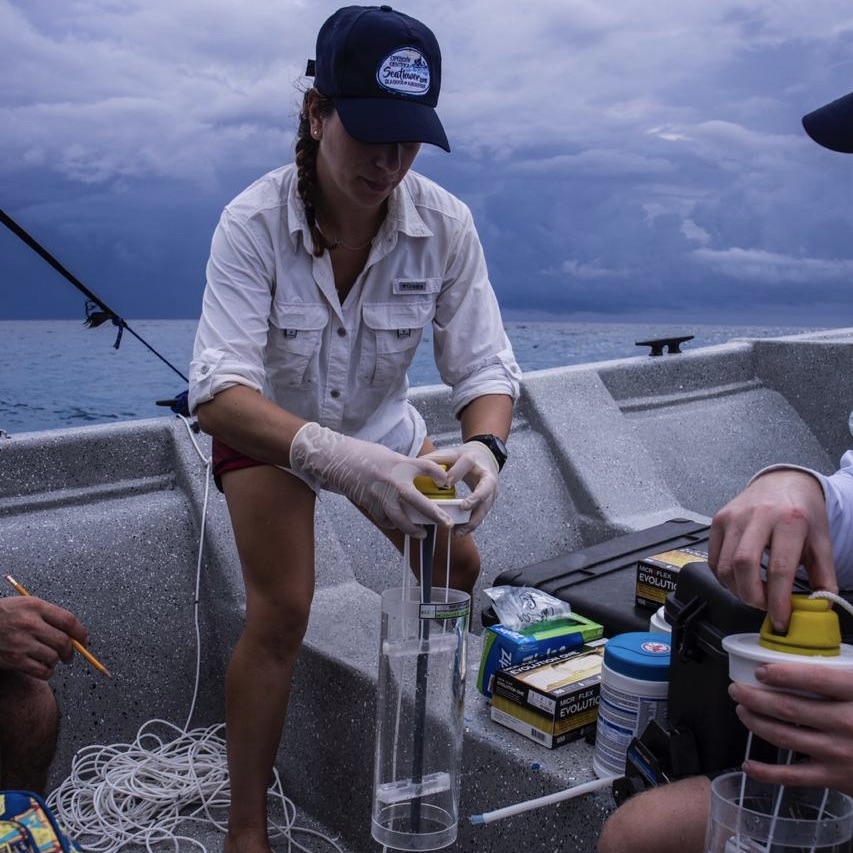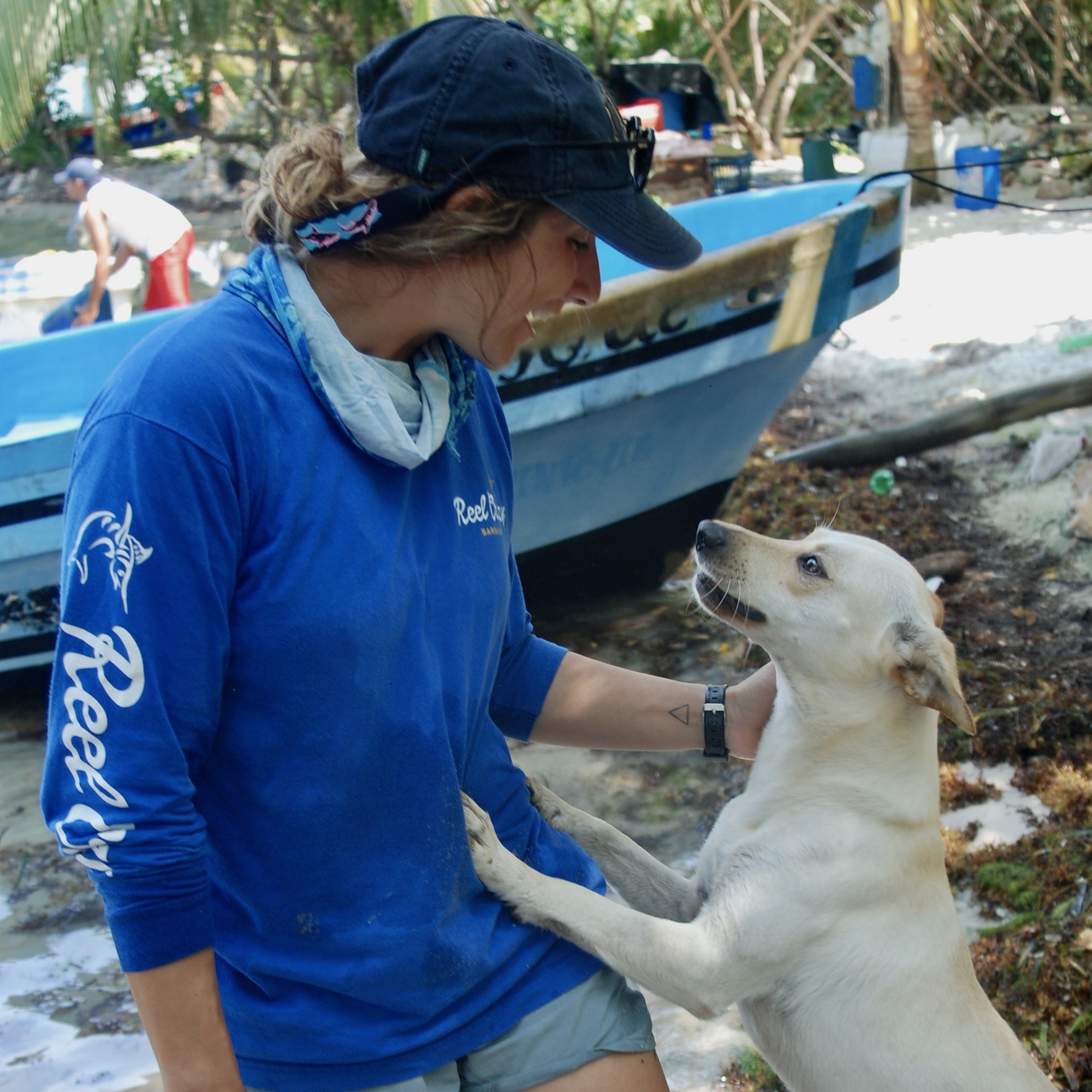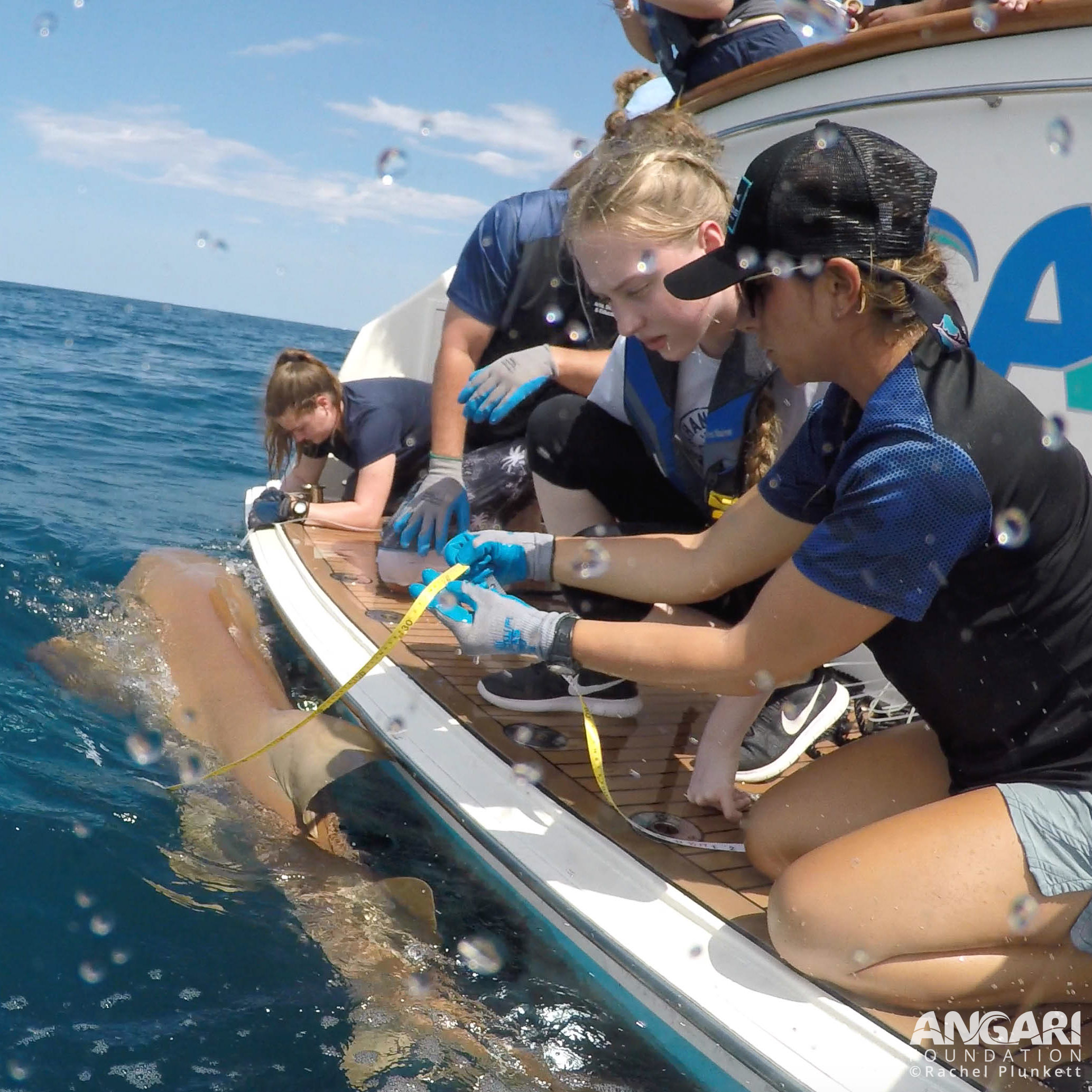



Meet Gina Clementi
I am a marine scientist who specializes in the ecology and conservation of marine predators. My research primarily uses non-invasive methods such as baited remote underwater videos, environmental DNA and active acoustics to study marine fishes like sharks, jacks and moray eels. I am also an artist who uses watercolor and digital illustration to aid scientific communication and highlight animals of the marine world. I received a Bachelor of Science from the University of Miami in Florida and a Master of Science from Stony Brook University in New York, where my thesis focused on the anthropogenic and environmental drivers of shark and ray abundance and diversity on Caribbean coral reefs. After graduate school I moved to Miami to manage the Predator Ecology & Conservation Lab, led by Drs. Demian Chapman and Yannis Papastamatiou, at Florida International University (FIU). Currently, I am a researcher and project manager in Dr. Kevin Boswell’s Marine Ecology and Acoustics Lab at FIU where I am studying shark-permit interactions in the Florida Keys and greater amberjack abundance in the Southeast US.
2017 M.S. Marine and Atmospheric Science, Stony Brook University
2014 B.S. Marine Science and Biology, University of Miami
Get To Know Gina
I grew up in northwest New Jersey, where it’s quite rural and beautiful. I was fortunate to spend my childhood summers fishing at the Jersey Shore and subsequently became fascinated by all the marine critters I caught.
It can vary! Some days I’m out on the water collecting data – deploying baited cameras, collecting water samples or running acoustic surveys. Lots of days I’m at the computer in the lab – downloading videos, analyzing data or writing up results. No matter the day, I always get to work with a great team of people!
I initially wanted to study the ecology of coastal predators in Long Island, New York. Then an opportunity arose to take this research question to warmer waters – the Caribbean! Ever since, I have been working to better understand how reef-associated predators, such as sharks, are impacted by people in the tropics.
I hope my research will further our understanding of how people affect our coral reef ecosystems and their inhabitants. My goal is to understand how anthropogenic activities such as fishing affect reef-associated predators like sharks so that we can best manage these activities and conserve vulnerable species.
Originally, I was interested in studying marine animals of the Mid-Atlantic (blue crabs, sea bass or flounder) since I spent a lot of time fishing there. After starting graduate school with an advisor whose area of expertise was sharks, I was subsequently roped into the shark world, and I haven’t looked back since!
Baited remote underwater video stations (BRUVS) are a great, non-invasive method to study marine predators like sharks. They remove the stress of animal capture surveys and are relatively cost-effective to replicate so we can compare across time and space. Best of all, I get an underwater glimpse of what the sharks are doing when we’re not around!
Art is an incredible tool that scientists use more often than you think. Science is conveyed through the art of figures and illustrations, which are vital in communicating results. My background in art has helped me to be a better marine scientist, and vice versa!
I am inspired by the opportunities I have been afforded and the people I have worked with throughout my career as a marine ecologist. I have been fortunate to travel to new places and meet generous and knowledgeable people from diverse backgrounds – one of the best parts about my job!
If I was not a scientist, I would love to pursue my art full-time. A little art studio near the beach doesn’t sound too bad!
Be open-minded! I worked on lots of different research projects focusing on various species and using several methods, but I learned something new with every project. Get lots of different experiences and enjoy them!
Interview conducted in November 2022


